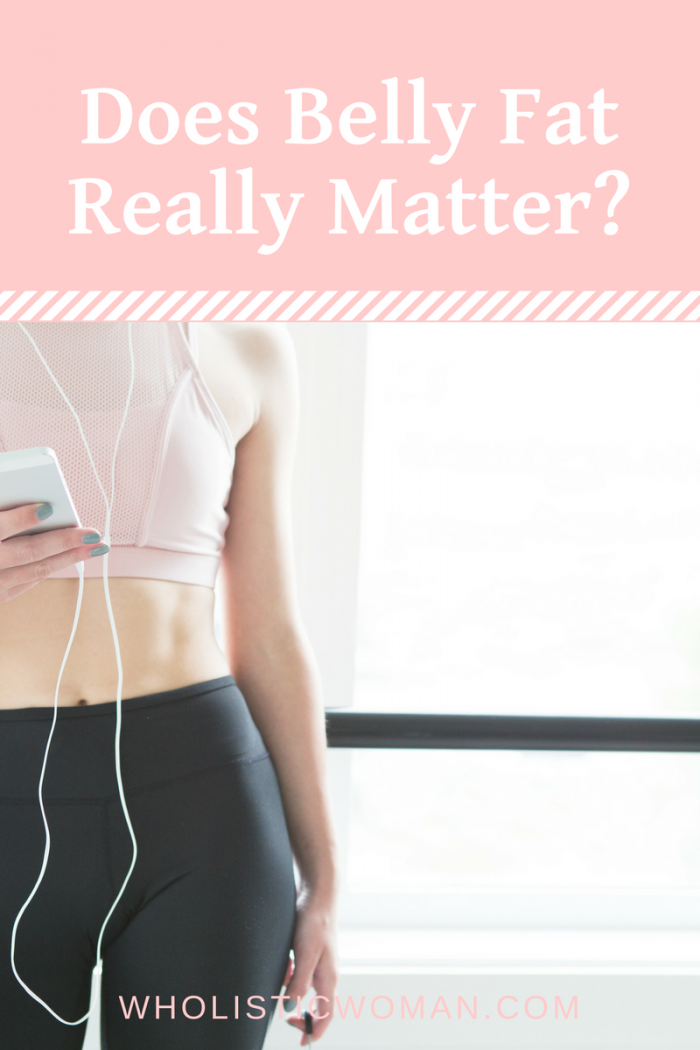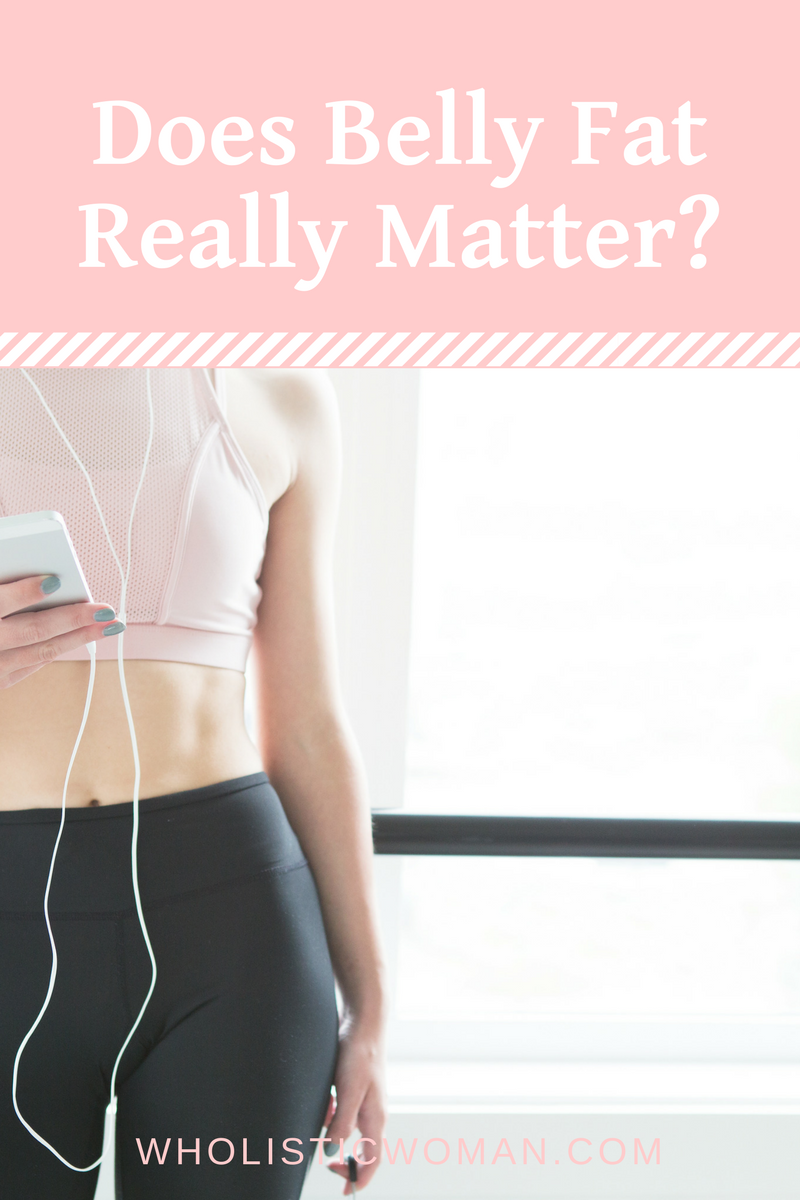 You’ve seen the TV commercials. All sorts of products designed to “get rid of belly fat.” I hate that term! Turns out, it actually does matter though. In today’s post we’ll discover together why waist circumference (which sounds so much better than belly fat) is more important health-wise than your weight, and how you can reduce it.
You’ve seen the TV commercials. All sorts of products designed to “get rid of belly fat.” I hate that term! Turns out, it actually does matter though. In today’s post we’ll discover together why waist circumference (which sounds so much better than belly fat) is more important health-wise than your weight, and how you can reduce it.
Waist Circumference (AKA “Belly Fat”):
Do you remember the fruity body shape descriptions being like an “apple” or a “pear”? The apple is kinda round around the middle (you know – belly fat-ish, kinda beer belly-ish) and the pear is rounder around the hips/thighs.
THAT is what we’re talking about here.
Do you know which shape is associated with a higher risk of sleep apnea, blood sugar issues (e.g. insulin resistance and diabetes) and heart issues (high blood pressure, blood fat, and arterial diseases).
Yup – that apple!
And it’s not because of the subcutaneous (under the skin) fat that you may refer to as a “muffin top”. The health risk is actually due to the fat inside the abdomen covering the liver, intestines and other organs there.
This internal fat is called “visceral fat” and that’s where a lot of the problem actually is. It’s this “un-pinchable” fat.
The reason the visceral fat can be a health issue is because it releases fatty acids, inflammatory compounds, and hormones that can negatively affect your blood fats, blood sugars, and blood pressure.
And the apple-shaped people tend to have a lot more of this hidden visceral fat than the pear-shaped people do.
So as you can see where your fat is stored is more important that how much you weigh.
Am I an apple or a pear?
It’s pretty simple to find out if you’re in the higher risk category or not. The easiest way is to just measure your waist circumference with a measuring tape. You can do it right now.
Women, if your waist is 35” or more you could be considered to have “abdominal obesity” and be in the higher risk category. Pregnant ladies are exempt, of course.
For men the number is 40”.
Of course this isn’t a diagnostic tool. There are lots of risk factors for chronic diseases. Waist circumference is just one of them.
If you have concerns definitely see your doctor.
Tips for helping reduce some belly fat:
- Eat more fiber. Fiber can help reduce belly fat in a few ways. First of all it helps you feel full and also helps to reduce the amount of calories you absorb from your food. Some examples of high-fiber foods are brussel sprouts, flax and chia seeds, avocado, and blackberries.
- Add more protein to your day. Protein reduces your appetite and makes you feel fuller longer. It also has a high TEF (thermic effect of food) compared with fats and carbs and ensures you have enough of the amino acid building blocks for your muscles.
- Nix added sugars. This means ditch the processed sweetened foods especially those sweet drinks (even 100% pure juice).
- Move more. Get some aerobic exercise. Lift some weights. Walk and take the stairs. It all adds up.
- Stress less. Seriously! Elevated levels in the stress hormone cortisol have been shown to increase appetite and drive abdominal fat.
- Get more sleep. Try making this a priority and seeing how much better you feel (and look).
Did you notice what’s NOT on the list? Taking those weird supplements that you have seen on the TV commercials that talk about belly fat! In fact, if you look at the above tips, none of them are especially earth shattering. That’s because even though we KNOW this stuff, DOING it is another story altogether.
If you’d like help with accountability, I have a limited healthy lifestyle coaching sessions available. Feel free to email me at wendy @ wholisticwoman . com to learn more. If you’re not quite ready for that, feel free to join us in the Facebook group! We’re a friendly bunch looking for a whole life approach to fitness.
For further reading:
http://www.precisionnutrition.com/research-abdominal-fat-and-risk
http://www.precisionnutrition.com/visceral-fat-location
http://www.drsharma.ca/inspiring-my-interest-in-visceral-fat
https://www.hsph.harvard.edu/obesity-prevention-source/obesity-definition/abdominal-obesity/
http://www.hc-sc.gc.ca/fn-an/nutrition/weights-poids/guide-ld-adult/qa-qr-pub-eng.php#a4
https://authoritynutrition.com/6-proven-ways-to-lose-belly-fat/



Great information. Sadly the older I get, the more an expanding waistline becomes an issue. Hormones definitely wreak havoc on where/how much fat is stored.
ugh, yes!